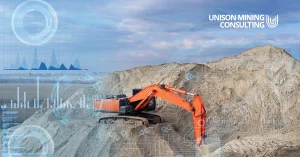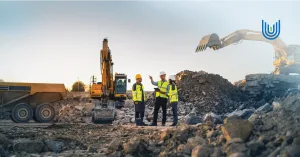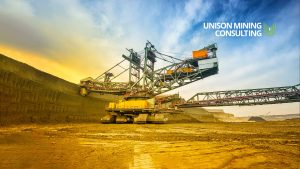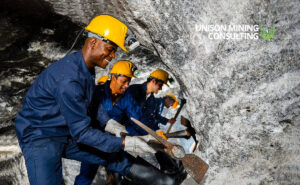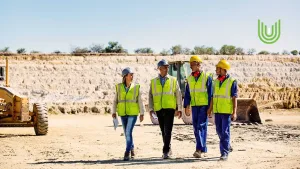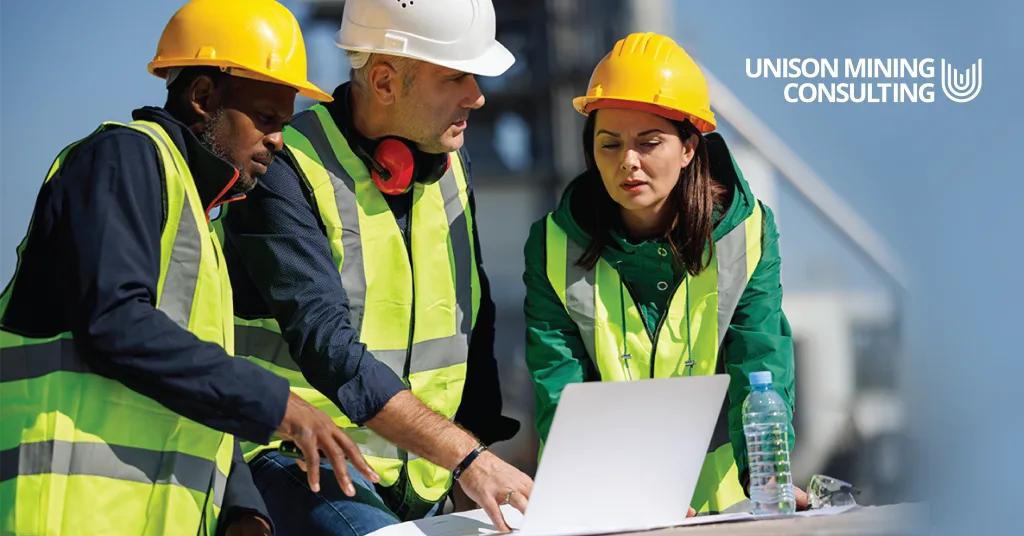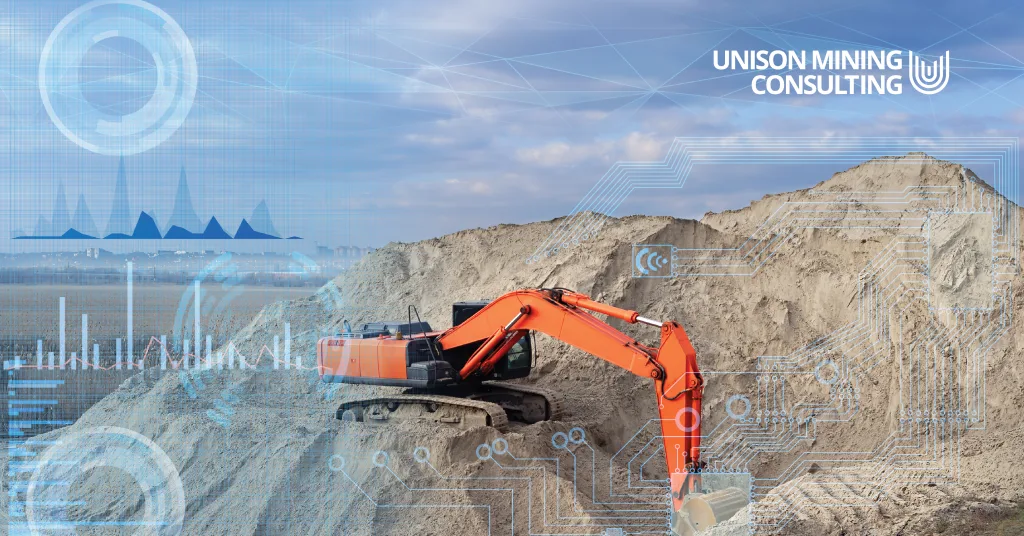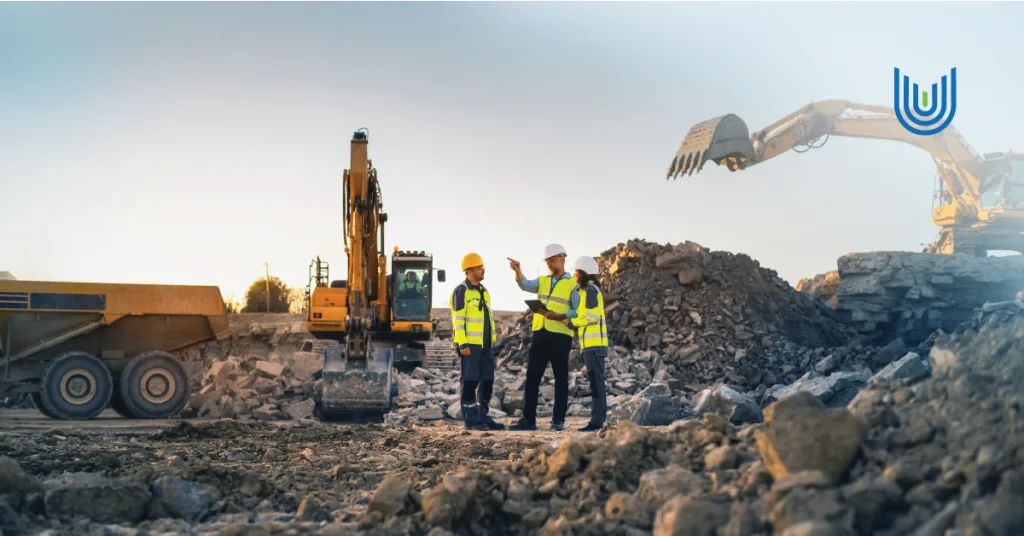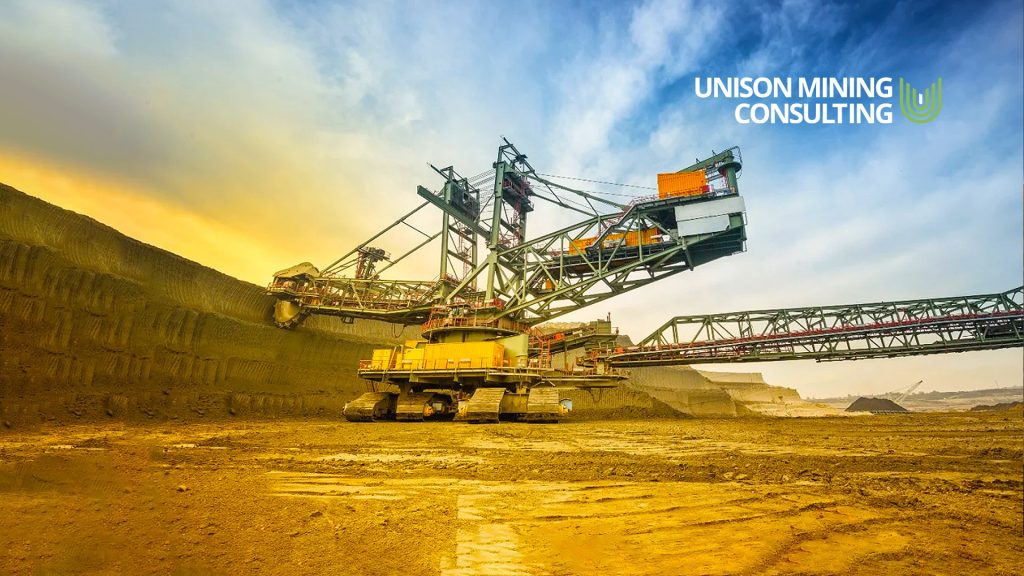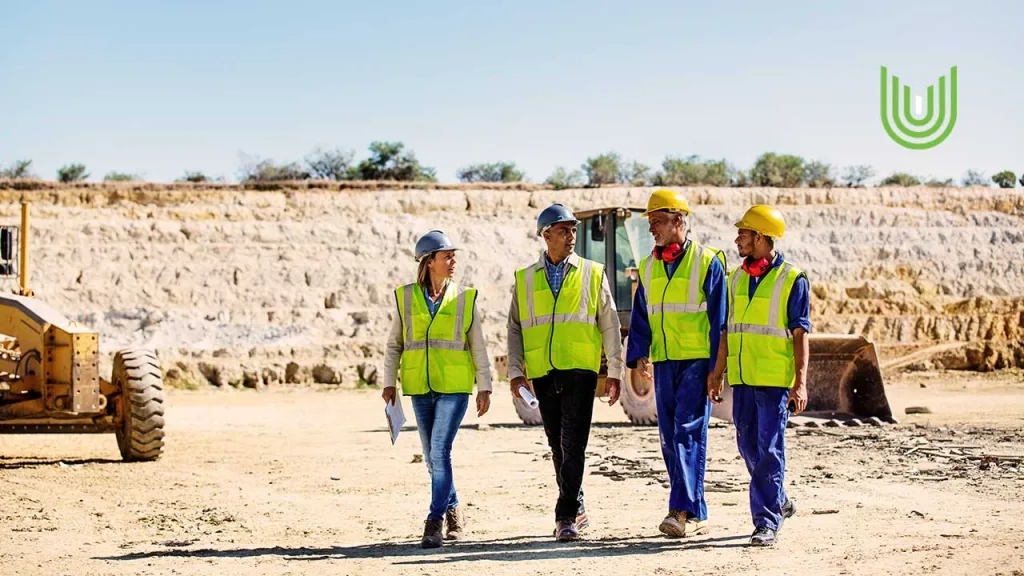As the mining industry undergoes a transformative phase, fueled by rapid technological advancements, levels of mining efficiency, safety, and sustainability are increasing. Mining technologies that stand out for their profound impact include digital twins, remote sensors, and autonomous drilling.
These technologies are revolutionizing mining operations by providing unprecedented levels of control, data insight, and operational efficiency. However, their successful integration hinges on effective mine planning, clearly defined key performance indicators (KPIs), and robust internal systems.
How 3 Mining Technologies are Transforming the Industry
Digital Twins
Digital twins are virtual replicas of physical assets, processes, or systems. In mining, they are useful for operators to create accurate digital models of mines, equipment, and operations. This technology facilitates real-time monitoring and simulation of mining activities, allowing for predictive maintenance, optimized resource allocation, and improved decision-making.
A digital twin of a mining site can simulate different operational scenarios, predict equipment failures, create accurate estimates for drilling, crushing and extraction work. Additionally, it can assess the impact of various strategies on production and environmental sustainability. This predictive capability helps to mitigate risks, test what works with digital simulations, and reduce downtime, leading to significant capital cost savings and efficiency improvements.
Moreover, digital twins enhance collaboration among different stakeholders by providing a common platform for sharing data and insights. In effect, engineers, geologists, and management can work together more effectively, leveraging the same data and virtual replica of the mine to drive informed decisions. This integration fosters a more cohesive approach to mine management, ultimately leading to improved productivity and reduced operational risks.
Remote Sensors
Remote sensors can collect real-time data on various environmental and operational parameters, such as temperature, humidity, air quality, and equipment status. By continuously monitoring these factors, mine operators can access critical insights into the health and performance of mining operations.
One of the primary benefits of remote sensors is their ability to enhance safety. By monitoring hazardous conditions such as gas levels or structural integrity, sensors can provide early warnings of potential dangers, allowing for timely interventions. This capability is particularly crucial in underground mining, where conditions can change rapidly and pose significant risks to workers.
Additionally, remote sensors contribute to environmental sustainability by enabling precise monitoring of environmental impacts. Data collected by sensors can be used to ensure compliance with regulatory standards, optimize resource usage, and minimize the ecological footprint of mining activities. This proactive approach to environmental management is becoming increasingly important as the industry faces growing scrutiny from regulators.
Autonomous Drilling
Autonomous drilling systems utilizing advanced robotics and artificial intelligence can operate with minimal human intervention to improve both mine efficiency and safety. These systems can precisely locate and extract resources, reducing waste, and maximizing output.
Hence, the primary advantage of autonomous drilling is its ability to operate continuously and in hazardous conditions that would be unsafe for human workers. This leads to higher productivity and reduced downtime. Furthermore, autonomous systems can be programmed to optimize drilling patterns and depths and ensure the most efficient extraction of resources.
Autonomous drilling also contributes to cost savings by reducing the need for a large workforce to manage drilling equipment. It lowers operational costs associated with human error and safety incidents. Additionally, collecting this equipment data allows better integration with digital twins and remote sensors. This provides a comprehensive view of the mining operation, enabling further optimization and efficiency gains.
Enhance Data Infrastructure for Full Adoption of Mining Technologies
In conclusion, digital twins, remote sensors, and autonomous drilling are undeniably revolutionizing the mining industry. However, their successful implementation and sustainable leverage require more than just technological adoption. Effective mine planning is essential to align these mining technologies with operational goals. Technologies can then be deployed in ways that result in the most significant impact.
Robust internal systems and processes are needed to support these technologies, ensuring seamless integration and data flow across the organization. By setting up the data infrastructure and policies to support transformation, employee buy-in can be facilitated. This ensures successful technology adoption and sustainable new ways of working.
Unison Mining‘s data and analytics services are designed to help your company fully harness the power of real-time insights and realize the potential of these technologies. We focus on providing your team with the processes, systems and methods needed to drive full adoption of new technologies and systems, across all organizational levels.




